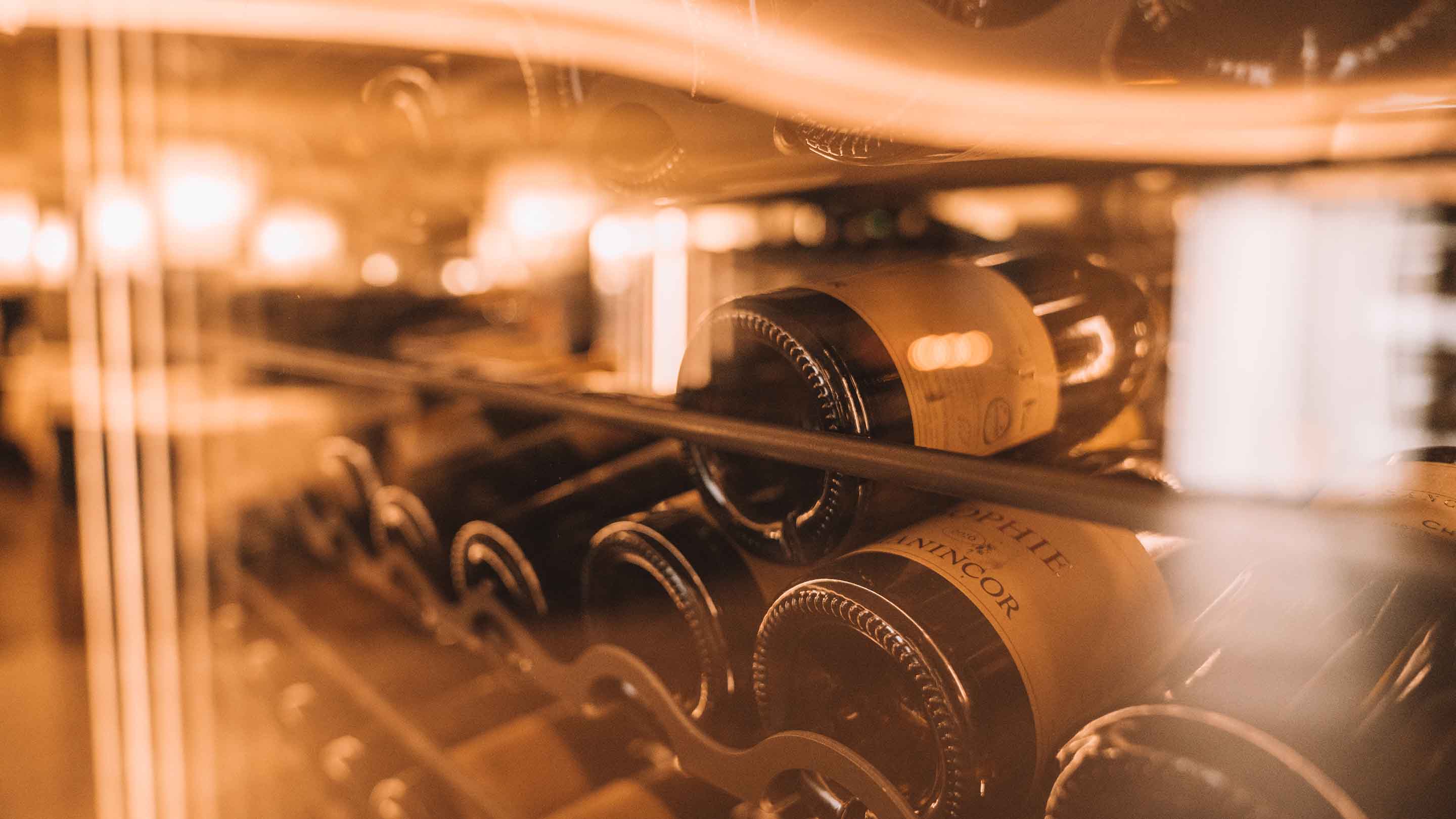Wine Storage on Your Yacht: How to Keep Your Collection Safe and Sound
If you're a yacht owner, you know that every inch of space on board is valuable real estate. From small sailing boats to the latest 160m+ yachts, the storage of wine on board varies on each vessel. While some larger, newer yachts invest in clever solutions, most boats just make do with what's available. However, wine storage is not always considered during the build process, and with owners investing thousands of euros in their collections, it's time for a re-think.
Here's what you need to know to keep your wine collection safe and sound on your yacht.
Storing Wine on Board Your Yacht
With yachts traveling the world, often on permanent standby, it's crucial to have immediate access to your wines no matter where you are. That's why a solution tailored for yachts can make all the difference. Consider storing your wine in our cellars in Antibes, where it can be kept in perfect conditions, and then shipped quickly and efficiently to your boat for each trip.
Factors Affecting Wine Storage on Yachts
Four factors have the most direct impact on a wine's condition: light, humidity, vibration, and temperature. Here's what you need to know about each factor.
Light
Strong, direct sunlight or incandescent light can adversely react with phenolic compounds in wine, creating potential wine faults. Light-bodied white wines are especially vulnerable, which is why they are often packaged in darkly tinted wine bottles that offer some protection from the light. Avoid exposure to direct sunlight and consider investing in darkly tinted bottles.
Temperature
While temperature can be controlled in guest areas to the nearest 10th of a degree, this level of control is not always available in crew and storage areas. Wine can withstand seasonal temperature changes, but rapid changes in temperature are likely to cause damage and should be avoided if possible. The ideal temperature range for wine storage is between 45 and 65 degrees Fahrenheit.
Vibration and Movement
Movement and vibration on board can be almost impossible to control. Even with calm seas and long periods in port, vibration from engines and the rolling of the sea can create a less than ideal storage environment. Vibration and movement in wine storage contribute to the accelerated aging of wine, with adverse effects. Try to minimise vibration and movement as much as possible.
Humidity
Some degree of humidity is required to keep wines with cork enclosures from drying out. Even when wine bottles are stored on their sides, one side of the cork is still exposed to air. If the cork dries out, it can allow oxygen to enter the bottle, possibly causing the wine to spoil or oxidize. However, excessive humidity can pose the risk of damaging wine labels.
Best Practices for Wine Storage on Your Yacht
Start by storing the majority of your wine collection in our temperature-controlled cellars in Antibes. This solution will allow your wines to be kept in optimum conditions, adhering to all key factors of storage. Fast and efficient shipping will allow wines to be shipped wherever you are in the world for each individual trip.
If you don't have a dedicated temperature-controlled cellar on board, store wine in a cool, dark place with the least amount of movement or vibration, and on their side. A wine fridge that maintains temperature and has a dark door can also help limit light access. Consider investing in a EuroCave or Vinotemp if you don't have a wine fridge on board.
In summary, with the right storage conditions, you can ensure that your wine collection on board your yacht is kept safe and sound, no matter where you travel. Take care of your wine, and it will take care of you.





